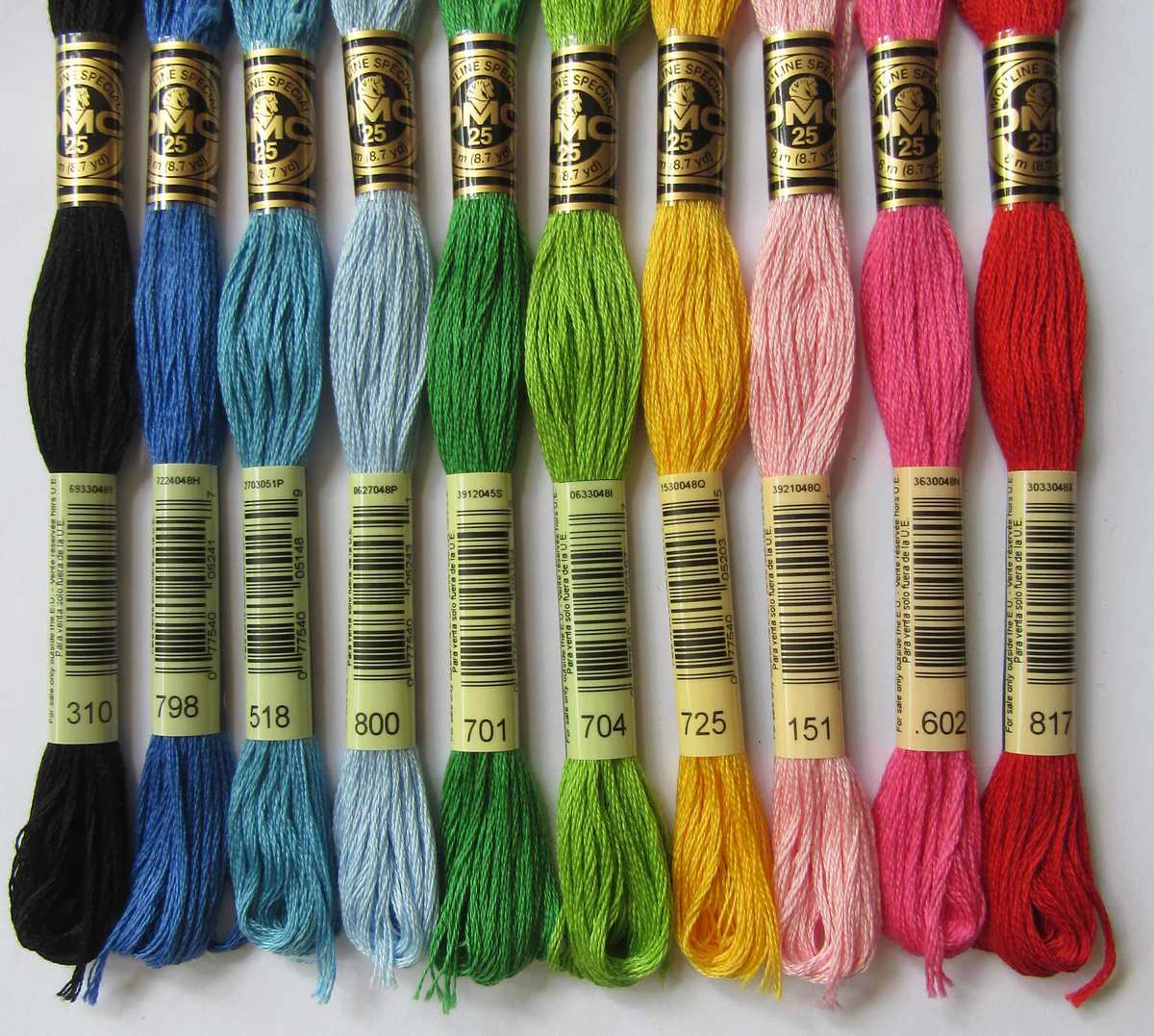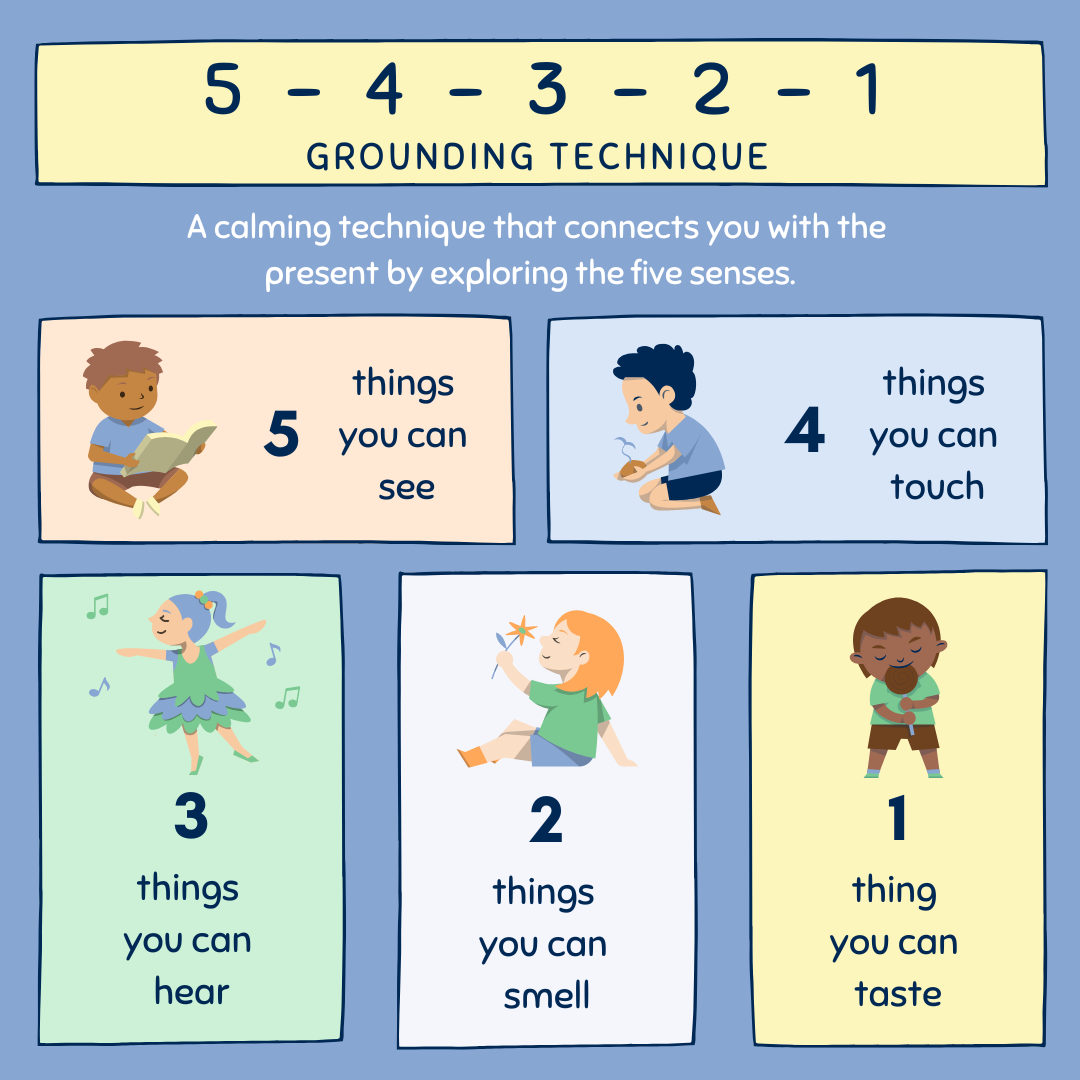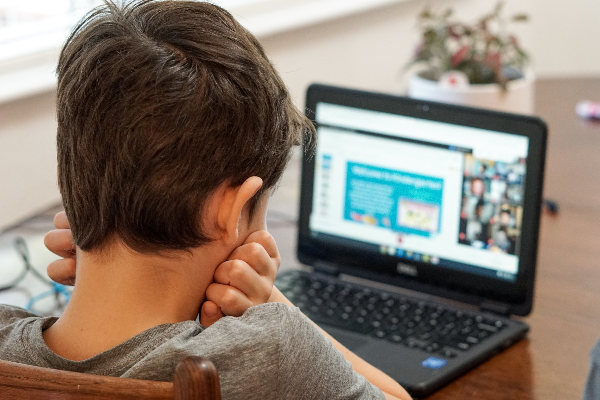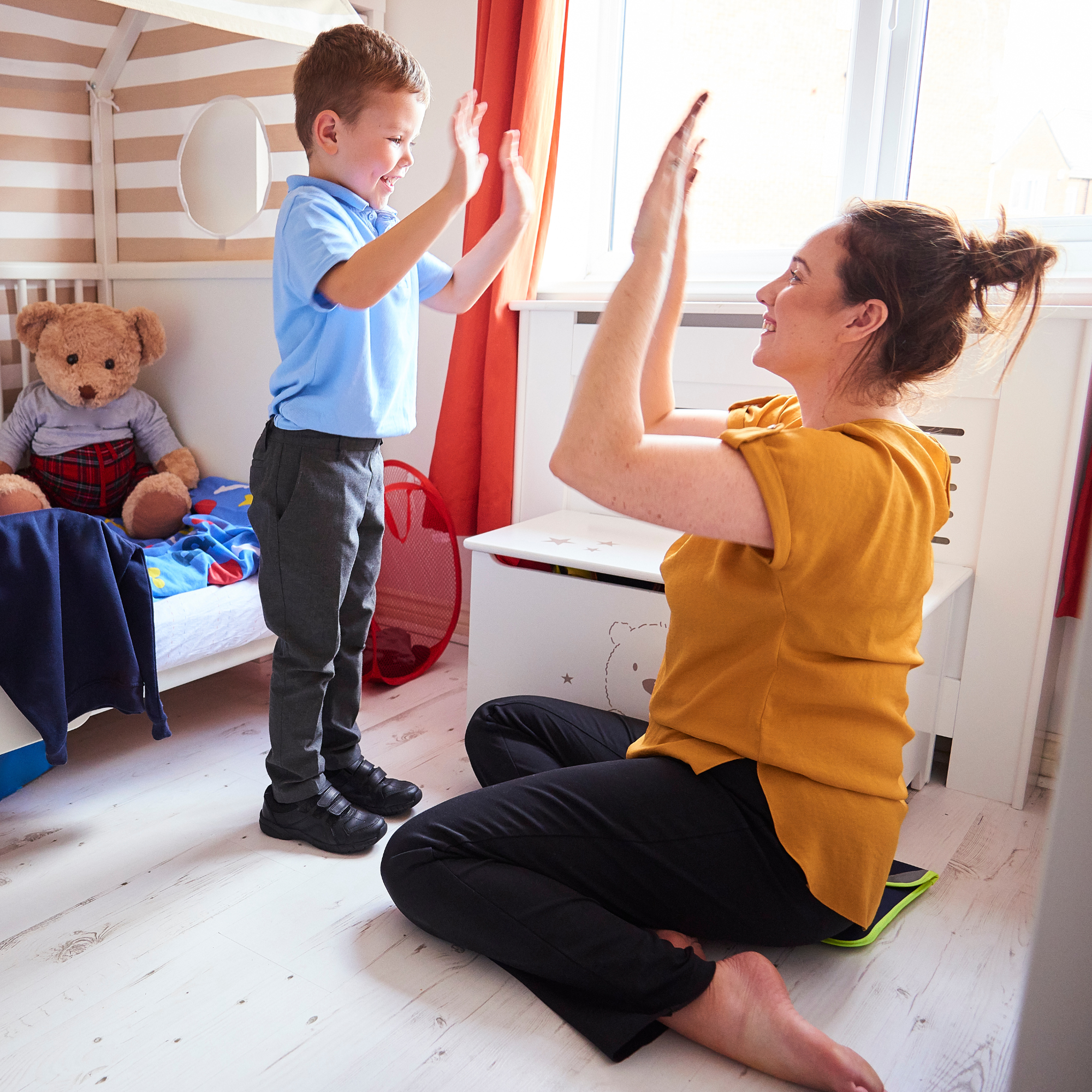Wondering why your child with autism can imitate words but rarely speaks on their own? Learn how mand training for children with autism, using incidental teaching and prompt fading, can help them independently request the items they want.
Why Start with Requests?
Language development can be challenging for many people on the autism spectrum. To encourage communication, we need to make language meaningful and motivating. Requests, also known as mands, are a natural starting point because they allow children to express their needs and desires.
If a child is reaching for a preferred item or moving toward something they want, it’s a great opportunity to teach functional communication. But how do you turn these moments into learning experiences?
Step 1: Incidental Teaching
Incidental teaching is a naturalistic approach that encourages language by using a child’s interests as motivation. Here’s how it works:
- Identify initiation – When your child reaches for an item, assume they want it.
- Block access – Prevent them from getting the item immediately by holding it or positioning yourself between them and the item.
- Model the desired language – Say, “Say cookie.”
- Wait for a response – If the child repeats the word, reward them with a small piece of the cookie.
- Repeat the process – Do this 3-5 times to reinforce the idea that speaking leads to getting what they want.
Step 2: Fading the Verbal Model
Once your child consistently repeats modeled words, start fading prompts to increase independence:
- Wait 10 seconds before giving a verbal prompt, allowing them time to speak on their own.
- If no response, provide a partial model (“Say coo…”), but they must complete the full word (“Cookie”).
- Gradually, they should begin requesting the item without any prompts.
Step 3: Expanding Language
Once your child successfully requests with a single word, encourage longer phrases:
- If they say, “Cookie,” model a more advanced request: “Say cookie please.”
- Wait for them to imitate the phrase before giving a larger reward (e.g., a bigger piece of the cookie).
- Repeat 3-5 times to reinforce the new language requirement.
Step 4: Reducing Prompt Dependency
Many children with autism develop prompt dependency, meaning they wait for someone else to initiate communication. To break this habit:
- Pause longer – Give them more time before providing a prompt.
- Ignore minimal requests – If they only point or make a sound, wait until they use words.
- Prevent access to the item – This encourages them to initiate speech on their own.
Step 5: Encouraging Language Throughout the Day
Mand training isn’t just for structured learning—it should happen all day long:
- Require verbal requests for everything (e.g., “Going upstairs” instead of just walking away).
- Place preferred items in clear bins or out of reach so they must ask for them.
- If they walk away instead of requesting, that’s okay—it means they don’t want it enough to use language.
- Make sure the reward matches the effort—bigger responses should earn bigger rewards.
Final Thoughts
Mand training through incidental teaching and prompt fading helps children with autism build independent communication skills. By using natural opportunities, reinforcing language, and reducing reliance on prompts, children can learn to speak more spontaneously and express their needs effectively.
Need help with mand training? Contact us today!
To learn more about manding, you can refer to the article “Manding – What is That?” by Solving Autism.












